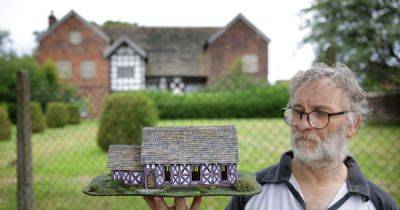Here's how Europe's Indigenous peoples are using food diplomacy to save the Arctic
The glazed seal fat topping a miniature reindeer blood pancake enhances its coppery flavour. Combined with the smoked whale bites that lie on top of the dark flapjack, it is difficult to tell whether this dish tastes more like game or fish. Either way, it’s delicious.
Traditional Indigenous food is based on ingredients harvested from nature: we receive a three-course meal that embodies the richness of Sami cuisine with fish and meat appetisers, a reindeer stew and a squeaky cheese dessert with wild berries.
Sitting on reindeer skin inside the Nomad Indigenous Food Lab which combines a ‘lavvu’ - the traditional Sámi tent - with a stainless steel kitchen, Indigenous youth and chefs tell researchers and policymakers about their struggles in keeping their food culture and tradition alive.
Arctic biodiversity is the basis for Arctic food systems and the livelihood of Indigenous populations in ten countries. But, today, Arctic environments are experiencing climate and environmental changes four times faster than any other place in the world.
Retreating sea ice and permafrost thawing impact pasture conditions and routes for livestock and over 100,000 nomadic Indigenous people.
Changing routes make their journeys more complex: “Indigenous communities are being dragged away from their berries patches,” Stephan Schott, a professor in natural resource management at Carleton University, shares as an example.
Food security of these communities becomes more difficult to sustain as they cannot rely on food resources along their paths like in previous years, he says.
But human-caused climate change does not happen in a vacuum. Booming Arctic tourism, increased Sámi land use, and overfishing disrupt further Arctic food systems. It also








